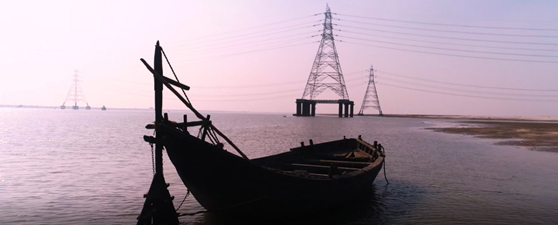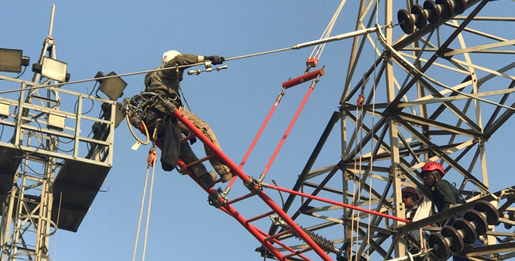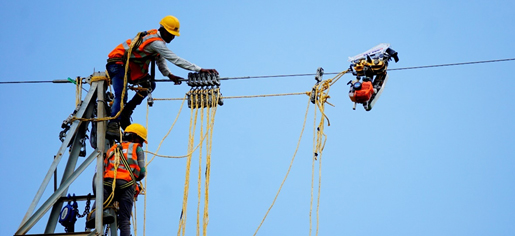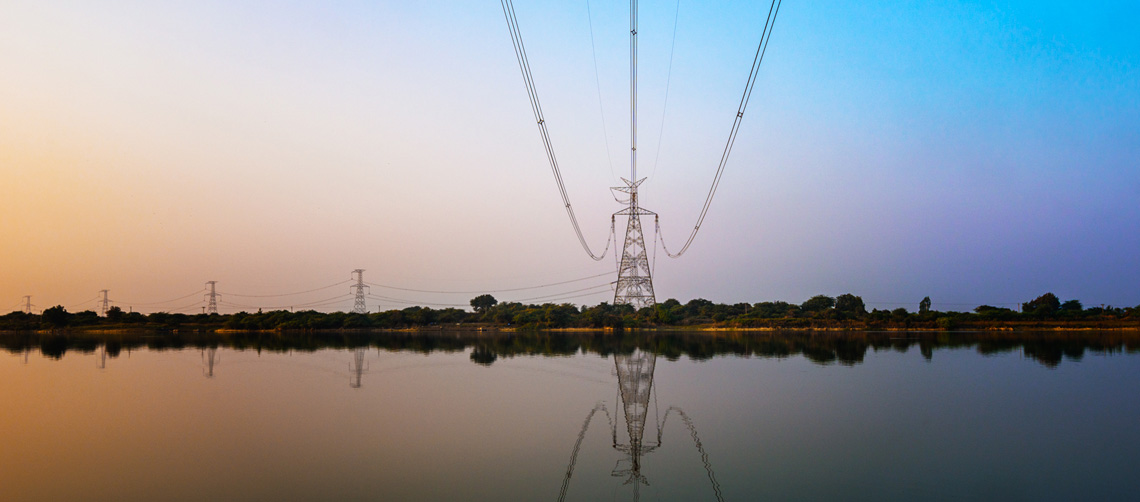Overcoming the Transmission Challenges with Technology
Climate change is a clear and present danger that is dominating global political and economic discourse. For the energy sector, this conversation increasingly assumes significance with the conscious shift to renewables. Also, energy storage is poised to disrupt global consumption patterns. As a result, variability is set to increase with the changing generation mix and mainstreaming of distributed generation.
An aspirational India has states contending with rapid and unplanned urban evolution and burgeoning population leading to exponential demand for power.Space comes at a premium due to limited availability of uninhabited land and RoW issues. Setting up greenfield transmission infrastructure projects isn’t always a viable option as it is capital intensive and usually takes much longer to establish.
We are in the midstof an unprecedented energy transition and technology will play an increasingly pivotal role in leading this change.
At Sterlite Power we pride ourselves in picking up the most complex energy delivery challenges and resolving them through the prism of time, space and capital to create value for Power Utilities with cutting-edge transmission technologies and innovative bespoke solutions.
Technology to tackle energy disruptions due to climate change

Rivers have been known to change course over several decades. However, in the recent past we have witnessed this phenomenon occurring frequently. Sometimes, due to the change in course of the river, theflood and fury hits transmission lines leading to disruptions in power.
Sterlite Power recently tackled a case with such unique challenges by implementing our 360° solutioning, innovation, project execution and design capabilities.
In this project, a critical transmission line got disrupted due to the mighty Ganga going into spate. Transmission towers were washed away, resulting in the disruption of power to the Eastern and North Eastern Grid. Sterlite Power was tasked with restoring this disrupted line. This was a complex task because the change in the river’s course left two transmission towers stranded in the middle of the river. Deep water and the marshy conditions made the transportation of heavy equipment, cranes and other logistics to this place extremely difficult.

Restoring the line as per the conventional approach would have taken years and would have been capital and labour intensive. While reconductoring this line was the best solution, there was no conductor available in the market for this specific case; as the reconductoring would happen over an active river and sag of most conductors wouldn’t get the flood clearance level. To overcome this problem, we decided to manufacture a conductor for this specific project which led to the innovation of ACCC Ganga, Ultra Low Sag conductor. This was used to reconductor a single span – 1.1 km 400 kV line across two sides of the riverbank, without any support structure in the river.This conductor also required us to design certain tools, as none were available in the market. This new solution from Sterlite Power’s stable will transform the way transmission lines are built across long span river crossings and hilly terrain in the future.
Zero Shut Down reconductoring with technology
In dense urban pockets across cities, space is a serious constraint in setting up new transmission lines. Invariably the only viable option left with utilities is to uprate/upgrade their existing transmission infrastructure to meet the growing power demand. Added to that, a key aspect of development is the expectation of reliable, quality and uninterrupted power. In cities like Bengaluru, where urbanization and mushrooming of enterprise is on the rise, obtaining power shutdowns for reconductoring is a challenge.In this context, Sterlite Power heralded in ‘Zero Shut Down reconductoring’ for the first time in India.Sterlite power reconductored a 66 KV transmission line connecting to Bengaluru’s electronic city under live-line conditions. The existing line was uprated to double its power transfer capacity.It was significant that this reconductoring was undertaken in Zero shutdown conditions, as the transmission line passes through an extremely congested residential and commercial areas. This innovative solution can easily be scaled up for other cities faced with similar challenges.
Robotics Process Automation for safety in OPGW stringing
The government has been laying a lot of emphasis on the importance of safe and reliable communication systems. CERC regulation on this subject has underscored the importance of Optical Ground Wire (OPGW) based Communication Systems to meet Ministry of Power’s mandate of building reliable communication and data acquisition systems for 132 kV and above substation.
Towards the goal of contributing to building reliable and safe communications infrastructure nationally, Sterlite Power with the help of robotics technology, launched SkyrobTM – an innovation to ensure 100% safety in the laying of live earth wires for OPGW stringing. Conventional methodsare not only risky but also time consuming. SkyrobTMis a semi-autonomous robot developed to ensure safety of ‘high-risk’ operations involved in the installation, inspection and maintenance of OPGW on high voltage transmission lines under energized conditions.Apart from saving time and ensuring high-quality project delivery, it carries out inspection of earthwire, monitors weather and has an emergency recovery mechanism.Use of robotics in power transmission will enable savings in operation and maintenance (O&M) costs.

Aerial Technologies
Extensive use of drones for the purpose of stringing conductors on transmission lines is making reconductoring increasingly efficient and environmentally friendly.What was earlier a 2-day job andrequireda gang of 18-20 workers can now bedone in a matter of just 20 mins with just 2-3 people. This also leads to significant cost savings for utilities. The use of drones across difficult and hilly terrains ensures that the flora and fauna are unaffected by the work taking place. Notably, Sterlite Power was the first to deploy drone stringing in Kerala, where stringing was done acrossShoranur junction railway station – one of the busiest railway stations without taking power shutdown, in live line conditions. Aside from savings in time and cost with the use of this technology, the most significant impact was that railways and commuters were not inconvenienced.
Intelligent Grid Monitoring and Control
In a dynamically evolving environment, grid, reliability and flexibility are critical to ensure 24/7 quality and reliable power to all. Technologies like Dynamic Line Rating (DLR) and Smart Valves will enable utilities to have real time assessment and control of power flows. These smart technologies can play a pivotal role in the integration of green energy sources into the grid which is a national priority and will go a long way in helping reduce carbon emissions.
Conclusion
In India utilities are increasingly under pressure to meet growing demand for power as the country is firmly poised on the development trajectory. In this context, there is an urgent need for an increased understanding, awareness and adoptionof latest technologies, that can be a key enabler while resolving complex challenges in the transmission sector. In our experience, we have seen that Utilities that embrace these technologies, reap the benefits. It is then that they can truly deliver on the aspiration of providing sustainable, reliable and quality 24/7 power for all.
Author:
Manish Agarwal, CEO-Solutions Business, Sterlite Power

 Please wait...
Please wait...